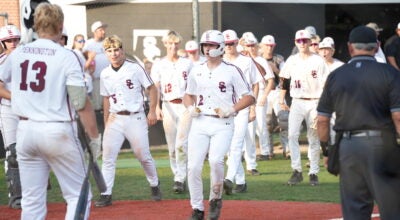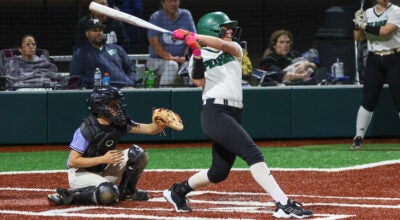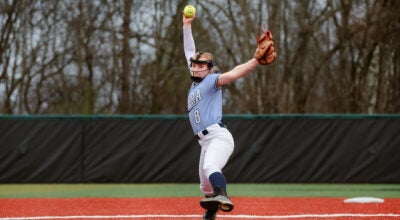Back surgery returns hockey coach to ice
Published 6:57 pm Wednesday, July 1, 2009
Jeff Cheeseman keeps a photo in his desk drawer of a swollen, stitched up ankle — a memory of what ended his hockey career as a player.
A severe compound fracture during training camp led to six surgeries in 2004, as he was sidelined for his first and only season with the Alabama Slammers. However, while the leg injury was the sign he’d never play pro again, it was an injury suffered six years earlier in college that left Cheeseman, now the director of the Pelham Youth Hockey League, wondering if he’d be sidelined forever.
“I really kept the seriousness of the pain, as far as how it was affecting me, to a small group of people, just thinking and hoping it would get better with time,” Cheeseman said. “To come here and work a 40–hour work week was excruciating. This year, after the kids hockey season was done in March, I was defeated.”
Six months after taking the PYHL job in the summer of 2006, Cheeseman began experiencing pain in his back from an injury he suffered in 1998. A body check into the boards left Cheeseman with damage to two portions of his spine. But after initial surgeries there had been no complications — until recently.
Like most hockey players, Cheeseman can rattle off stories of broken bones, surgeries and recite the number of pins or plates in his body as if it was his career goal count.
Surgery to fuse discs in his lower back was the first solution, but after two of them, Cheeseman’s pain became chronic and nothing was working.
“I couldn’t pick a 10-pound baby up without going to the floor in pain,” said Cheeseman, who has a 9-month-old son.
His last hope was to have a pain pump the size of a hockey puck implanted in his abdomen and inject medicine straight to the spinal cord. Oral meds were not working for him, and increasing the dose was not an option he wanted to take.
On May 18, Cheeseman underwent surgery at Brookwood Medical Center to implant the pump — a procedure that is not for all patients with pain.
Dr. Tom Kraus, who performed the procedure, said that such pumps work only for those who have a story like Cheeseman — chronic pain isolated to the spine, has had surgery to stabilize the spine and has a desire to fight through the pain.
The procedure has a 60 percent chance of reducing pain by at least 50 percent, according to Kraus. So far, it’s working for Cheeseman.
After more than a month away from work, Cheeseman returned to the office last week, even lacing up his skates and getting on the ice with kids once, something he has done only a handful of times since taking the job three years ago.
“My life is turned around. End of story,” Cheeseman said. “It’s gone from me not being able to do the simplest tasks that every day we take for granted to being able to at least function.”
Overall, while it’s nice not to have the pain as severe as it was, the main thing Cheeseman is excited about doing is the job he was hired to do.
“My strength is on the ice with the kids,” said Cheeseman.
He said he couldn’t have been able to fix this problem without the help of the city and PYHL volunteers, allowing him to take the time he needed to fix the pain.









